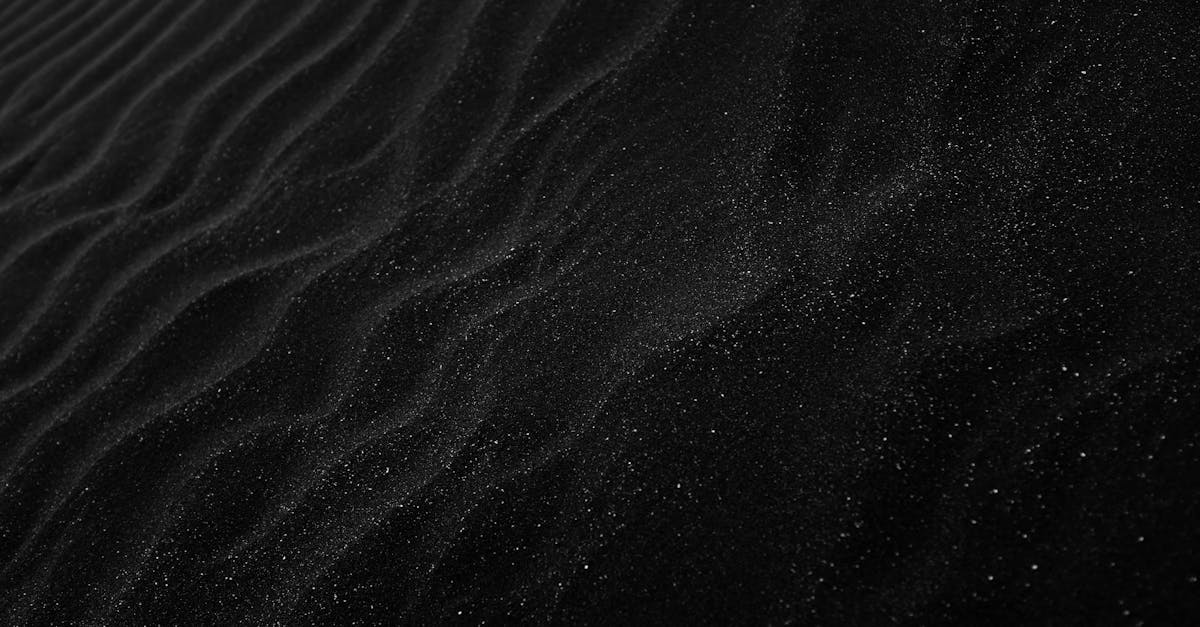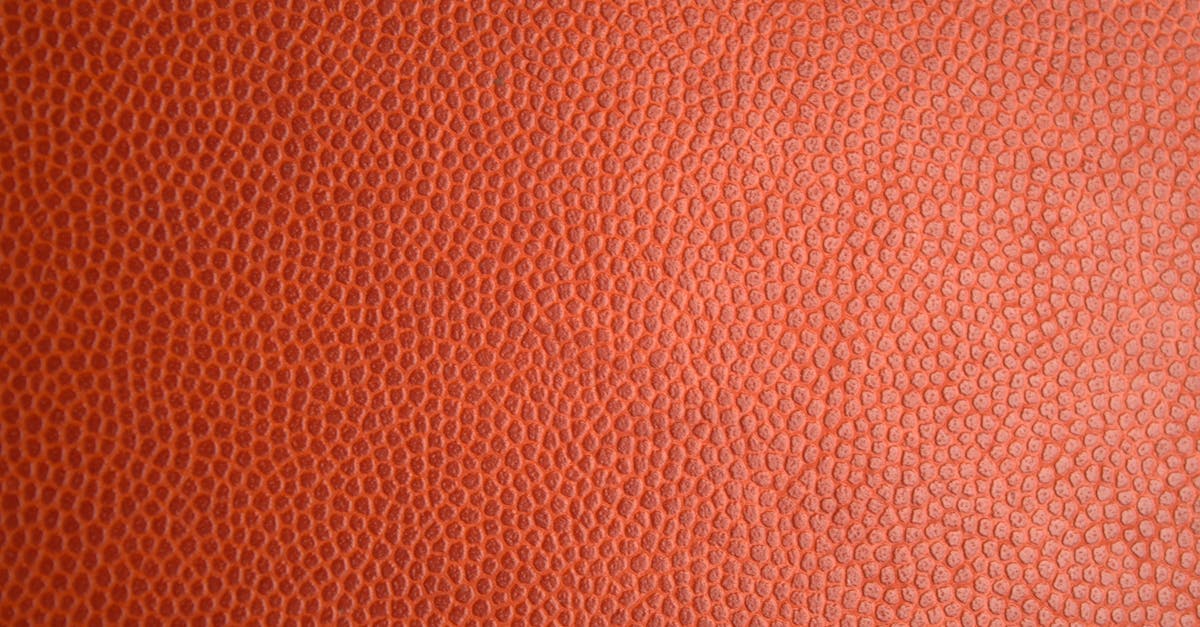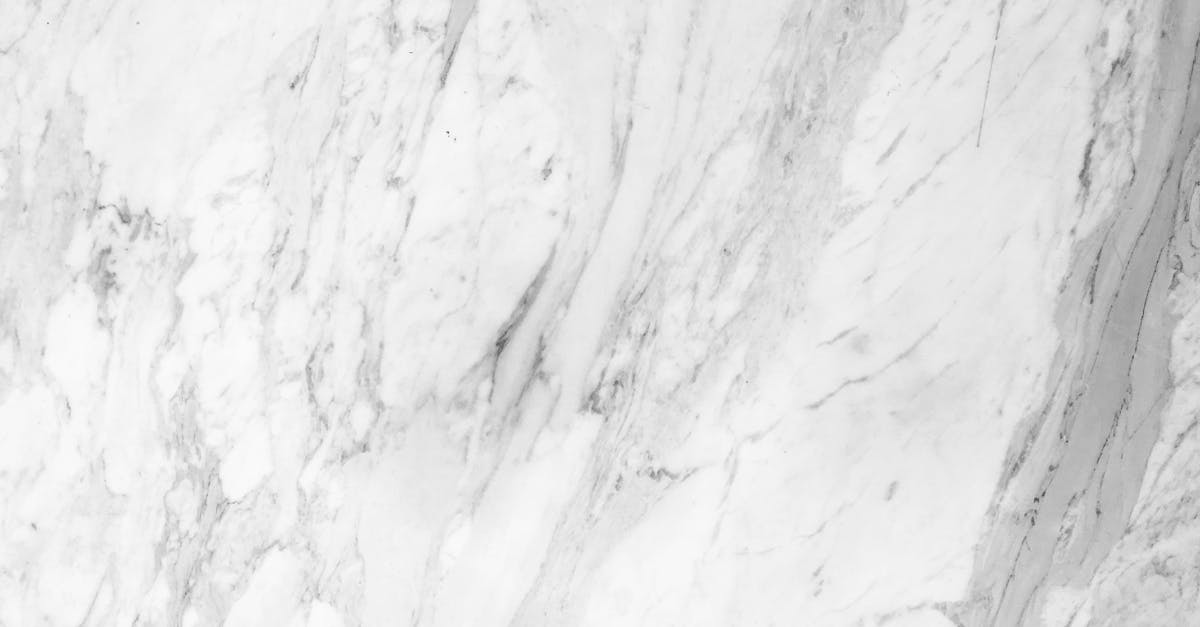This article explores Texture Techniques that enhance paintings by adding dimension and intrigue. It emphasizes the importance of using the right materials such as canvas, acrylic or oil paints, and texture mediums like modeling paste. Readers will learn a step-by-step process starting from surface preparation to the application of texture medium, utilizing various tools like palette knives and sponges. The guide also highlights layering colors, and final touches with varnishes that protect and celebrate the artwork’s unique textures, encouraging creativity and experimentation.
Current Trends in Home Painting and Renovation
In today’s fast-paced world, the significance of transforming living spaces has never been greater. Homeowners are increasingly seeking ways to enhance their environments, both for personal enjoyment and to boost property value. The latest trends in home painting and renovation highlight a shift towards more innovative, sustainable, and aesthetically pleasing designs.
This article aims to guide those looking to refresh their homes through fresh color palettes, creative remodeling techniques, and the use of innovative materials. From the embracing of bold hues to the incorporation of textured finishes, the focus is on creating unique, personalized spaces that reflect individual tastes. Whether you are planning a simple paint refresh or a comprehensive renovation, understanding these current trends can make a significant difference in achieving beautiful results. Get ready to explore how implementing these ideas can not only enhance the appearance of your home but also create an inviting atmosphere that resonates with warmth and style.

| Technique | Details |
|---|---|
| Impasto | Thick paint application creates bold texture and visible brush strokes. |
| Dry Brushing | Light paint application on a dry brush adds subtle texture and highlights. |
| Layering | Building multiple layers allows depth and complexity in the artwork. |
| Scraping | Using a palette knife to scrape paint reveals lower layers, adding contrast. |
| Stippling | Applying small dots of paint creates a unique textured effect. |
| Mixed Media | Incorporating materials like fabric or paper for innovative textural effects. |
| Sponging | Dabbing paint with a sponge offers soft, blended texture. |
| Gel Mediums | Adding gels into paint increases body and creates various textures. |
Current Trends in Home Painting and Renovation
In today’s dynamic world of home improvement, painting and remodeling are taking center stage as crucial elements in enhancing the aesthetic appeal and functionality of living spaces. Homeowners are increasingly drawn to innovative techniques, vibrant color schemes, and sustainable materials, all contributing to modern design trends. This guide explores the current trends reshaping the world of home painting and renovation, offering valuable insights and practical advice.
Color Trends to Consider
The choice of color plays a pivotal role in home renovation, setting the ambiance and atmosphere of any space. Here are some trending colors that are redefining interior and exterior design:
- Earthy Tones: Warm earthy colors like terracotta, olive green, and taupe are making a comeback, creating a sense of warmth and stability. These shades can be effectively used to create a cozy environment.
- Soft Neutrals: Shades of soft grays, whites, and creams provide a timeless backdrop that accentuates furniture and décor while ensuring brightness and openness.
- Bold Accent Colors: Adding splashes of bold colors such as navy blue, emerald green, or mustard yellow as focal points or in accent walls has become a popular choice, allowing for personality and flair within a space.
- Pantone’s Color of the Year: The Pantone Color Institute’s latest offering often influences trends. Incorporating this year’s choice can ensure your home feels fresh and modern.
Consider reading more about how Feng Shui color harmonizing for enhancing mood and energy in your home.
Innovative Painting Techniques
Beyond color selection, innovative painting techniques are gaining momentum. These methods can transform ordinary walls into extraordinary visual experiences:
- Textured Paint: Incorporating texture in your paintings offers depth and interest. Techniques such as sponge painting, stenciling, or the use of textured rollers can create stunning visual impressions.
- Ombre Effects: This gradient style blends one color into another, adding depth and sophistication. It works well particularly in bedrooms and living areas, drawing attention and creating a serene atmosphere.
- Geometric Patterns: Bold patterns are trending as they add character to walls. Using painter’s tape, you can design eye-catching geometric shapes that can invigorate any space.
- Murals and Wall Art: Custom murals provide an exceptional way to personalize a room. They can range from abstract designs to landscape scenes, serving as captivating focal points in any part of the home.
Materials and Sustainability
The demand for eco-friendly products is reshaping the painting and renovation landscape. Homeowners are now more aware of the importance of using sustainable materials:
- Low-VOC Paints: Volatile organic compounds (VOCs) are harmful not just to the environment but also to health. Choosing low or no-VOC paints can lead to healthier indoor air quality.
- Recycled Materials: Utilizing reclaimed wood or recycled metal in renovations not only helps the environment but also adds unique character to a home.
- Natural Finishes: Eco-friendly finishes such as those made from natural oils or waxes can enhance the beauty of woodwork while minimizing chemical exposure.
- Biodegradable Options: Paint products that are biodegradable ensure less harmful waste, making your renovation efforts more environmentally friendly.
Discover multifunctional space colors that can maximize small areas while maintaining a stylish appearance by checking this link: Multifunctional Spaces Colors.
Lighting Considerations
Lighting plays a crucial role in how colors and textures are perceived. Incorporating natural and artificial light effectively can enhance the overall appearance of the paintwork:
- Use of Natural Light: Maximize natural light through windows, mirrors, or light-colored walls to create an open and airy feel.
- Layered Lighting: Combining ambient, task, and accent lighting allows for versatility and functionality, influencing how painted spaces are experienced.
- Light Fixtures: Unique and stylish fixtures can act as art pieces while illuminating walls beautifully, enhancing texture and colors.
Renovation with Purpose
Renovations are about more than aesthetics; they enhance a home’s function and value. Here are some considerations for purposeful renovations:
- Functional Spaces: Consider how rooms serve your lifestyle. Creating open floor plans or multifunctional rooms can maximize space and efficiency.
- Smart Technology: Incorporating smart devices can improve energy efficiency and convenience, making homes more modern and functional.
- Durable Materials: Opt for materials that withstand wear and tear without compromising aesthetics, ensuring lasting beauty and functionality.
Final Considerations and Planning
Proper planning ensures your painting and renovation projects run smoothly. Here are steps to follow:
- Set a Budget: Clearly outline your budget to prevent overspending. Allocate funds for unexpected costs.
- Conduct Research: Understand current trends and gather inspiration from design magazines, websites, or social media to clarify your vision.
- Professional Help: Consider hiring professionals for complex projects to ensure high-quality work and save time.
- Timeline: Establish a realistic timeline by factoring in project complexity and potential delays. Having a schedule helps keep the project on track.
With the right colors, innovative techniques, and sustainable materials, you can transform your home into a vibrant and inviting space that reflects personal style and functionality. Engage in the renovation journey with enthusiasm and creativity, exploring how updated spaces can enhance your quality of life. Enjoy the process as you breathe new life into your home with current trends in painting and renovation.

Transform Your Home Today!
Unlock the potential of your living spaces with our expert painting and remodeling services. Whether you’re looking to refresh a single room or undertake a complete makeover, our team is here to bring your vision to life. Enjoy enhanced aesthetics, improved functionality, and the joy of a space that truly reflects your style. Reach out to us now for a personalized consultation!
Current Trends and Tips in House Painting and Remodeling
Trends in House Painting
- Bold Colors: Bright, vibrant colors like deep blues, bright yellows, and rich greens are making a comeback. They can infuse spaces with energy and personality.
- Matte Finishes: The trend has shifted from glossy finishes to matte ones, offering a sophisticated, modern look that reduces glare and imperfections.
- Textured Walls: Incorporating textures into wall finishes through techniques like sponge painting or stippling adds depth and visual interest to any room.
- Nature-Inspired Palettes: Earthy tones inspired by nature are being favored, promoting a calming, organic vibe within homes.
Practical Tips for House Painting
- Prep the Surface: Always ensure surfaces are clean, dry, and properly primed. This preparation is vital for achieving a smooth finish.
- Choose the Right Paint: Select paint that suits the room’s function. For high-moisture areas, consider using mildew-resistant paints.
- Use Quality Tools: Invest in high-quality brushes and rollers. They can significantly impact the ease of application and the final look of your paint job.
- Layering Techniques: Experiment with layering different colors or textures to create a unique and dynamic look.
- Test Paint Samples: Always test your chosen colors in small sections of the wall before committing to ensure that you like the look in different lighting throughout the day.
- Timing is Key: Choose the right season for painting. Dry, mild weather is preferably for exterior jobs, while other times can be favorable for indoor projects.
- Consider Eco-friendly Options: Look for low-VOC or zero-VOC paint to improve indoor air quality and align with sustainable practices.
«`html
Frequently asked questions
Glossary of Key Terms Related to Painting and Home Remodeling
- Textured Painting
- A painting technique that involves adding various materials and mediums to create a three-dimensional surface, enhancing visual interest.
- Canvas
- A sturdy fabric surface used for painting, typically stretched over a wooden frame, that provides a reliable base for various painting techniques.
- Acrylic Paints
- Fast-drying water-based paints that offer versatility and vibrant colors, ideal for both layering and texturing effects in artwork.
- Oil Paints
- Rich, thick paints made with pigments suspended in oil, providing a slow-drying medium that allows for blending and depth in painting.
- Texture Mediums
- Special materials, such as modeling paste or gel mediums, used to build layers and create texture in paintings, enhancing the visual appeal.
- Palette Knife
- A flat tool used for mixing and applying paint, ideal for creating textured strokes and intricate patterns in artwork.
- Dry Brushing
- A painting technique involving brush strokes with minimal paint on a dry brush to create a subtle highlighting effect on textured surfaces.
- Varnish
- A protective finish applied over paintings that preserves the surface and can provide either a matte or gloss appearance, enhancing color vibrancy.
- Glazing
- A technique where a transparent layer of paint is applied over dried layers to create depth and richness in color without obscuring the texture.
- Mixed Media
- An art technique that incorporates various materials (such as fabric, paper, and paint) into a single artwork to create multidimensional effects.
Understanding Texture Techniques: How to Use Paint to Create Dimension is essential for any artist looking to enhance their work. By exploring various materials, such as texture mediums and everyday items, artists can infuse their paintings with captivating layers and depth. The step-by-step process, from preparing your surface to adding final touches, encourages experimentation and personal expression. By incorporating these techniques into art practice, creators can transform their artistic visions into stunning masterpieces that resonate with viewers.
Recommendations for Texture Techniques: How to Use Paint to Create Dimension
Choosing the Right Surface
Starting off on the right foot is essential. Selecting a sturdy surface for your textured paintings can significantly affect the outcome. Whether you choose canvas or a wood panel, ensure it’s appropriately prepped:
- Canvas: Prime with gesso to create a textured foundation.
- Wood Panel: Lightly sand the surface for an even primer application.
Selecting Your Texture Medium
The texture medium you choose defines the overall feel of your artwork. Here are some options:
- Modeling Paste: Great for creating thick, sculptural effects.
- Gel Mediums: Available in various textures, from soft to heavy.
- Sand Paste: Perfect for adding natural, rough textures.
Experimenting with Tools
Texture can be created using numerous tools. Don’t hesitate to get creative:
- Palette Knife: Ideal for impasto strokes and bold textures.
- Sponges: Use for soft blending effects.
- Combs or Forks: Drag across wet paint for interesting lines.
Layering Colors Effectively
Building dimension is a step-by-step process:
- Apply paint in thin layers, allowing for rich complexity.
- Use dry brushing on raised areas to create highlights.
- Consider applying a glaze to achieve a nuanced interplay of colours.
Final Steps and Preservation
After creating your masterpiece, do not overlook the importance of preservation:
- Apply a protective varnish to prevent cracking.
- Choose between a matte or gloss finish based on your desired visual effect.
Transform Your Space Today!
Elevate your home with our expert painting and remodeling services. Enjoy a colorful makeover, professional craftsmanship, and innovative designs that reflect your unique style. Don’t wait any longer to turn your vision into reality—reach out to us for a consultation!
Sophia Torres is the creative mind behind the most dazzling transformations at TS Painting Pro. With a strong background in interior design and a deep passion for tropical color palettes, she has helped hundreds of clients revitalize their spaces into vibrant and inviting environments. Born in Colombia and raised in Florida, Sophia brings a unique perspective to her work, blending Latin American influences with modern design trends.
Sophia’s vision of color goes beyond the conventional. She is known for her ability to create bold and unexpected combinations that reflect Florida’s natural beauty. Her focus on color psychology and strategic use of tones allows her to transform any environment, making each project a showcase of her clients’ personal style. On her blog, she shares practical tips on how to choose colors that not only beautify but also enhance emotional well-being and create harmony in the home.
When not working, Sophia enjoys exploring art galleries, experimenting with DIY projects, and finding inspiration in Florida’s lush landscapes. For her, design isn’t just about aesthetics; it’s about creating spaces that tell a story, reflect the identity of those who live there, and evoke positive emotions. At TS Painting Pro, Sophia is committed to helping homeowners discover how colors can transform their homes into true havens of tranquility and beauty.



